From the club Padel San Miguel de Tenerife, let's learn or deepen the smash at padel.
How to realize it? What exercises to perform?
Clubs, players and teachers of padel, use these 2 videos to help you improve the smash.
The smash in a few lines:
The smash is different from the bandeja or vibora by its place of impact. We will be under the ball for the smash while for the other strokes we will hit the ball to the side of our body. The smash at padel will be used differently from the tennis smash. In tennis, this stroke is used to finish the point, very often in a very violent way. At padel, of course we can hit the ball very hard, but you can use the smash as a hold or to prepare your attack. There are two effects that can apply to a smash; flat, for full power and topspin smashes, with a forward spinning effect for all other types of smashes.
Types of smashes
- Slow smash, lifted to the grid
- Slow smash, lifted to the side window
- Smooth slow or medium power smash at the bottom window (if possible the second)
- Smash powerful, lifted to the second pane to get the ball out of the field (by 3)
- Smash powerful or powerful flattened with a rebound within one meter of the back pane to bring the ball back to our camp
- Smash flat very slow to make two rebounds to the ball before it hits the back window
This shot is usually effective in right-handed players playing left or left-handed on the right. It can however be played from the other side to surprise our opponents.
The important thing in the preparation will be the body position and the footwork. If you are not exactly below the ball, your smash will be much less effective. Once in a good position, I advise to join the feet to cause an imbalance. You will find yourself on tiptoe and will have to push upwards to regain balance. The hand without a racket will point the ball while the racket will rise to the sky before accelerating by going down in the back and going back for the striking. The more you arch, the more you will print the effect.
The work of the arm is important for the desired effect. The lifted effect that will allow the ball to stay close to the grid or leave the field will be achieved by ending the gesture to the outside of the body and putting a wrist stroke at the moment of impact.
For smashed smashes very strong, you can simply keep both feet well anchored in the ground, transfer the weight of the body from the back to the front and finish the gesture as tennis, ie under the dishes arm without racket.
Very important to avoid injuries: Always keep an eye on the ball, do not lose sight of it. Also if you hit the ball too far behind you, you increase your risk of injury to the shoulder.
- Can be used in three areas: the grid, the side window or the bottom window
- Use either in point preparation to move our opponents and force them to defend with complicated balls, or to finish a point with a winning move
- Use either flat or with a lifted effect
- Very important position under the ball. Feet together, legs flexed to then fetch the ball as high as possible
- Left hand (for the right-handed) towards the ball
- Preparation with racket pulled up
- The racket must, in the same movement, go down in the back and then go up to hit the ball
- The wrist should be flexible to give the ball extra effect
- End of the gesture towards the outside of the body for the balls with effect
- End of the gesture under the arm without racket for the smashs hit very hard flat
Do not hesitate to ask us questions. On your rackets.
Franck Binisti discovers the padel at the Club des Pyramides in 2009 in the Paris region. Since padel is part of his life. You often see him touring France going to cover the major events of padel French.



































































































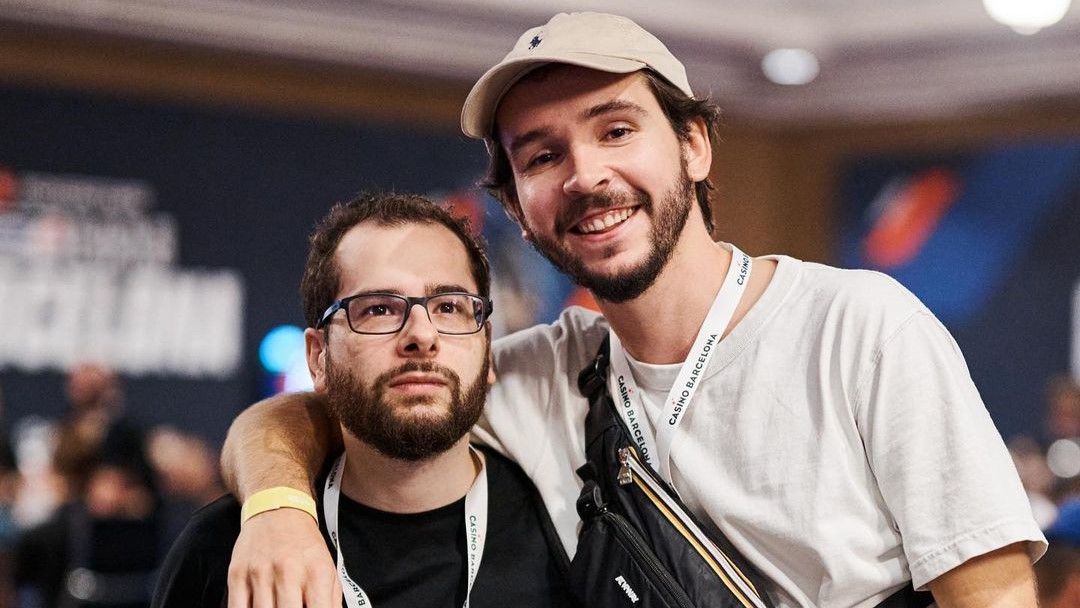 Team PAX (Domingo / Xari) returns to victory
Team PAX (Domingo / Xari) returns to victory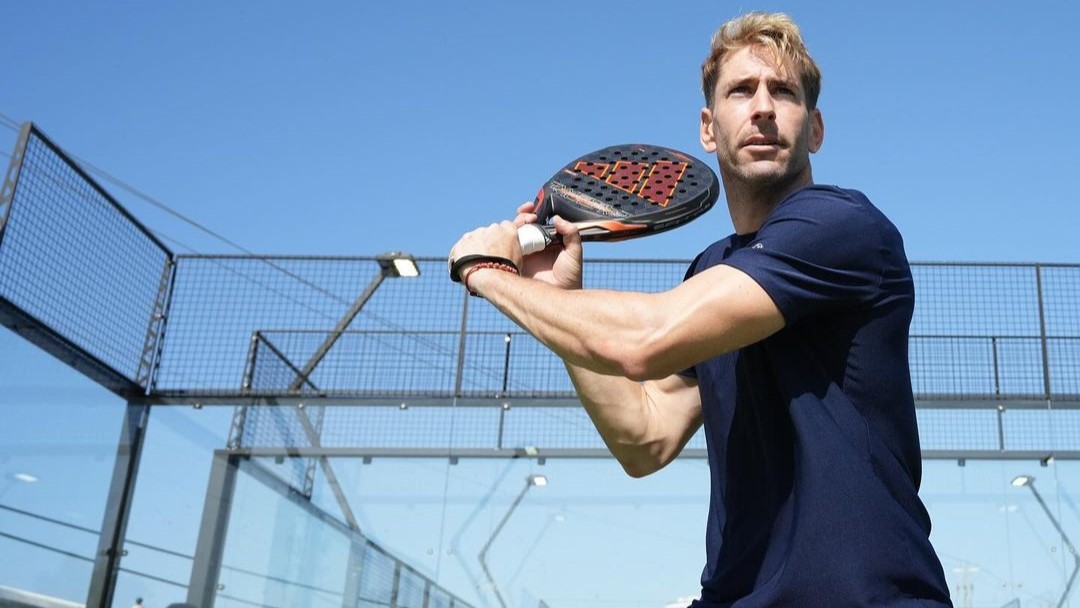 Alex Ruiz: “Finding joy again with Momo”
Alex Ruiz: “Finding joy again with Momo”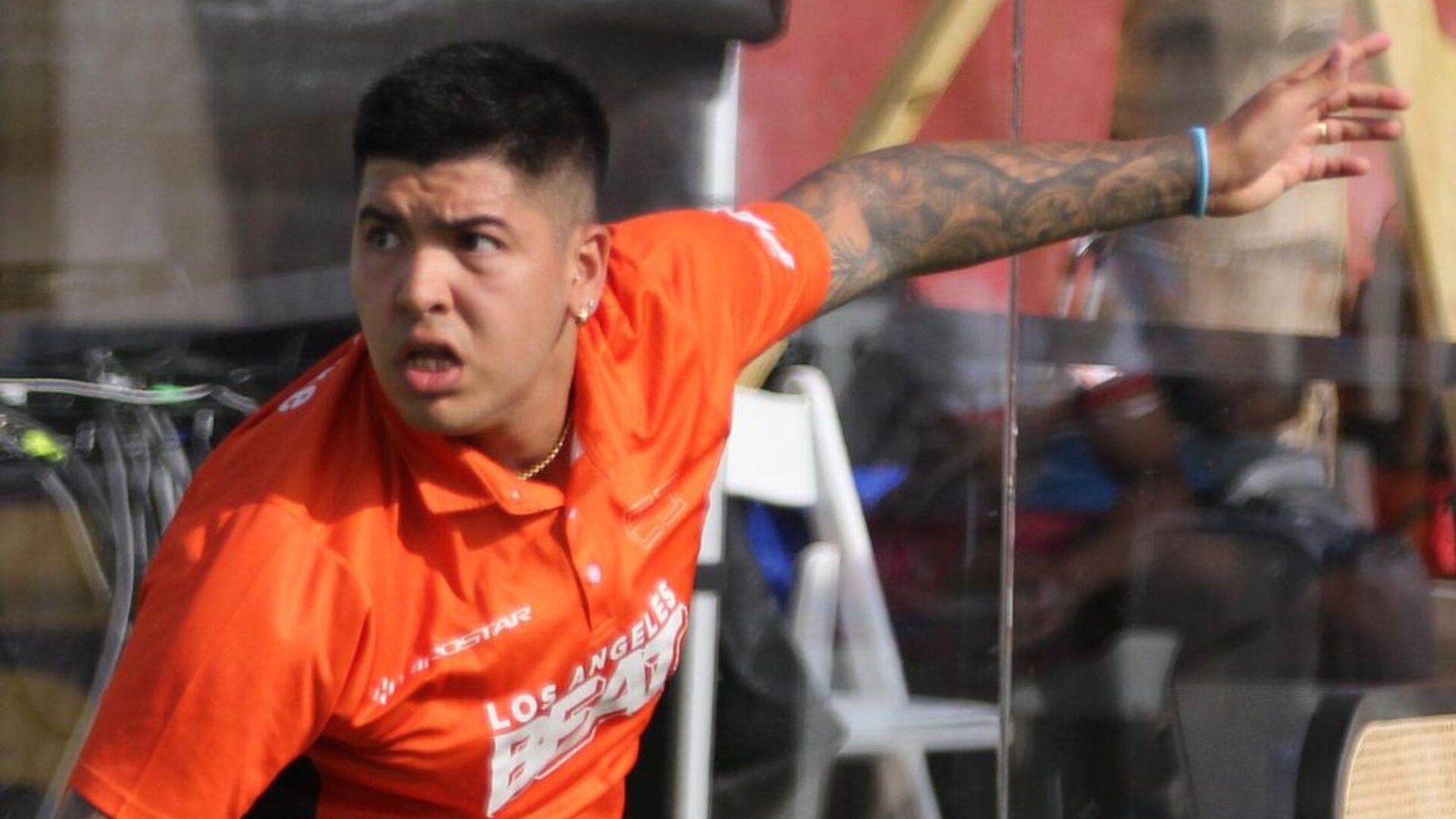 Nerone: “Tolito is not a normal player”
Nerone: “Tolito is not a normal player” Marie Maligo: “This period of frequent changes of partners was beneficial for me”
Marie Maligo: “This period of frequent changes of partners was beneficial for me”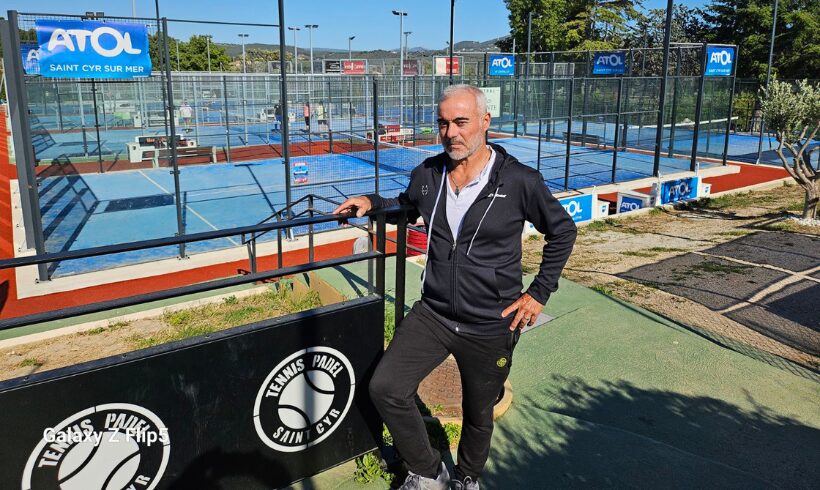 Alain Idier: “Adding tracks of padel, without sacrificing tennis”
Alain Idier: “Adding tracks of padel, without sacrificing tennis”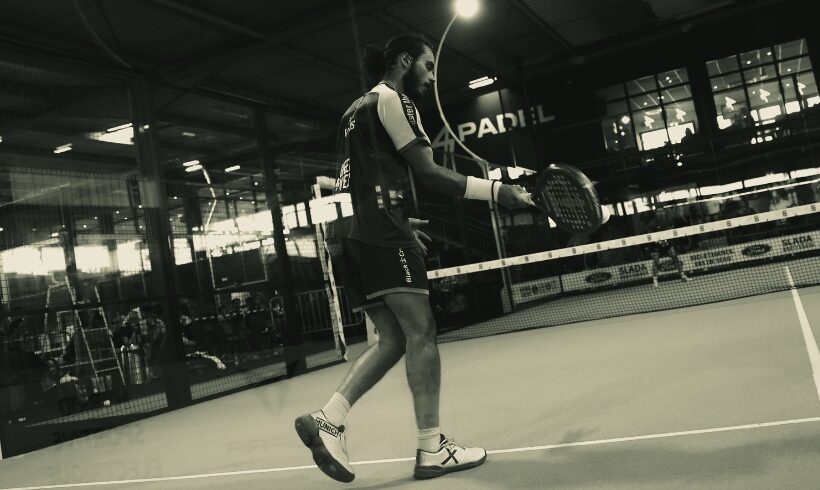 Manuel Vives: “It’s extremely difficult to get by financially”
Manuel Vives: “It’s extremely difficult to get by financially”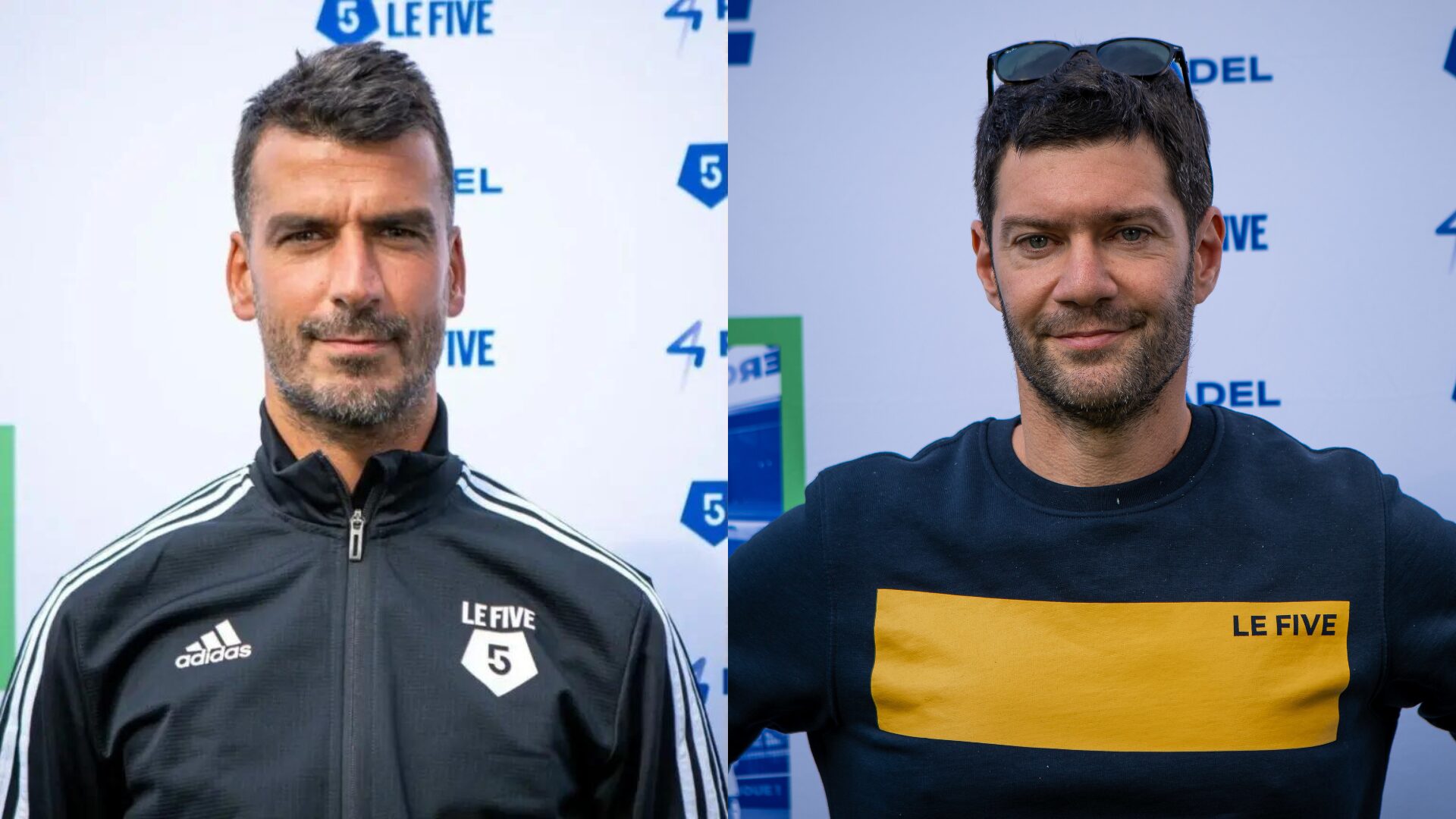 And 4 for Frédérick and Mehdy with network 4PADEL !
And 4 for Frédérick and Mehdy with network 4PADEL !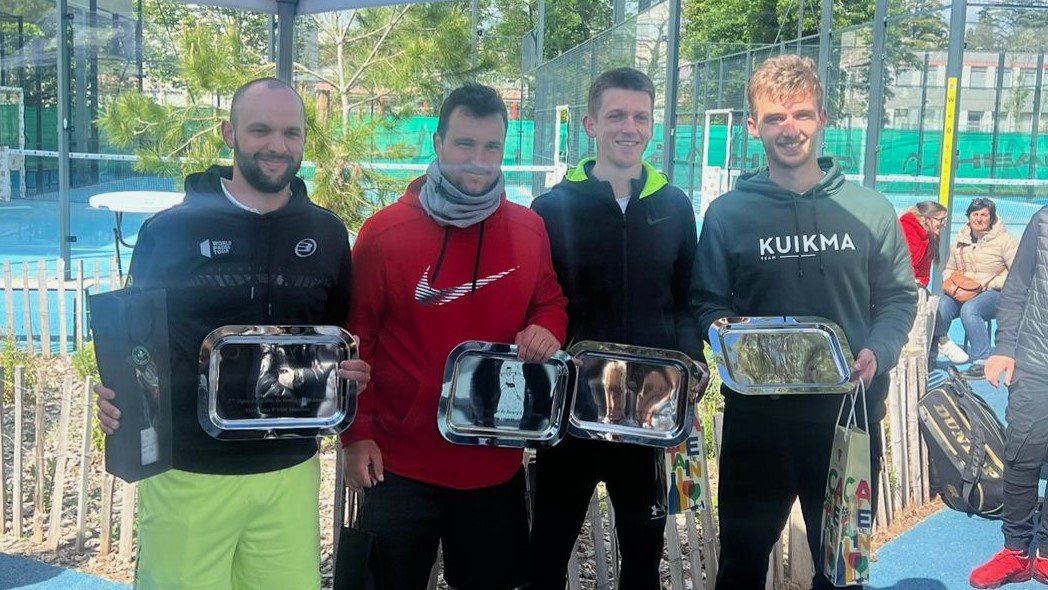 P1000 Bourg-Lès-Valence – Justin Lopes and François Authier establish themselves as bosses
P1000 Bourg-Lès-Valence – Justin Lopes and François Authier establish themselves as bosses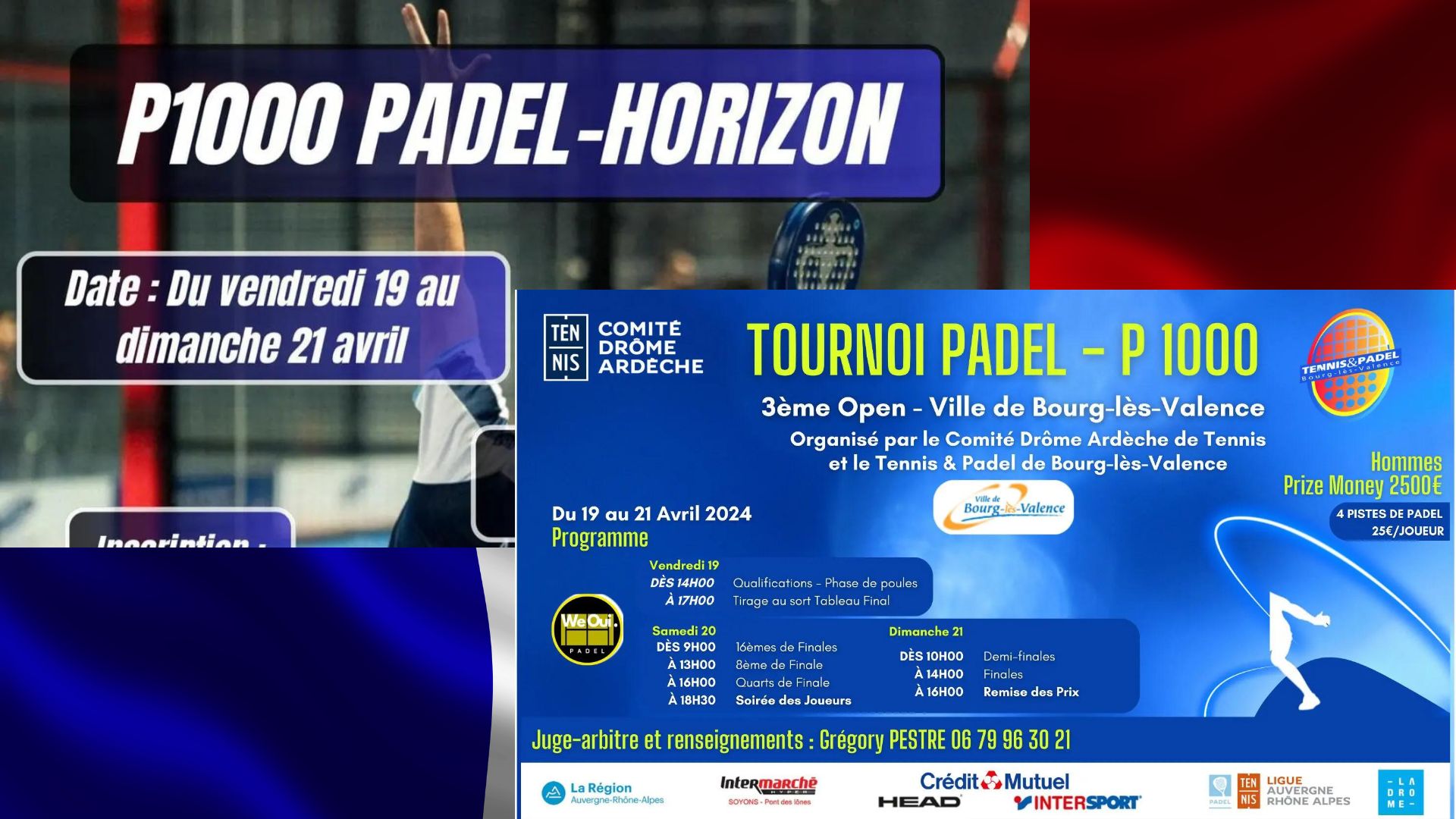 Live P1000 – The three finals live
Live P1000 – The three finals live P2 Brussels – Like a new school year!
P2 Brussels – Like a new school year!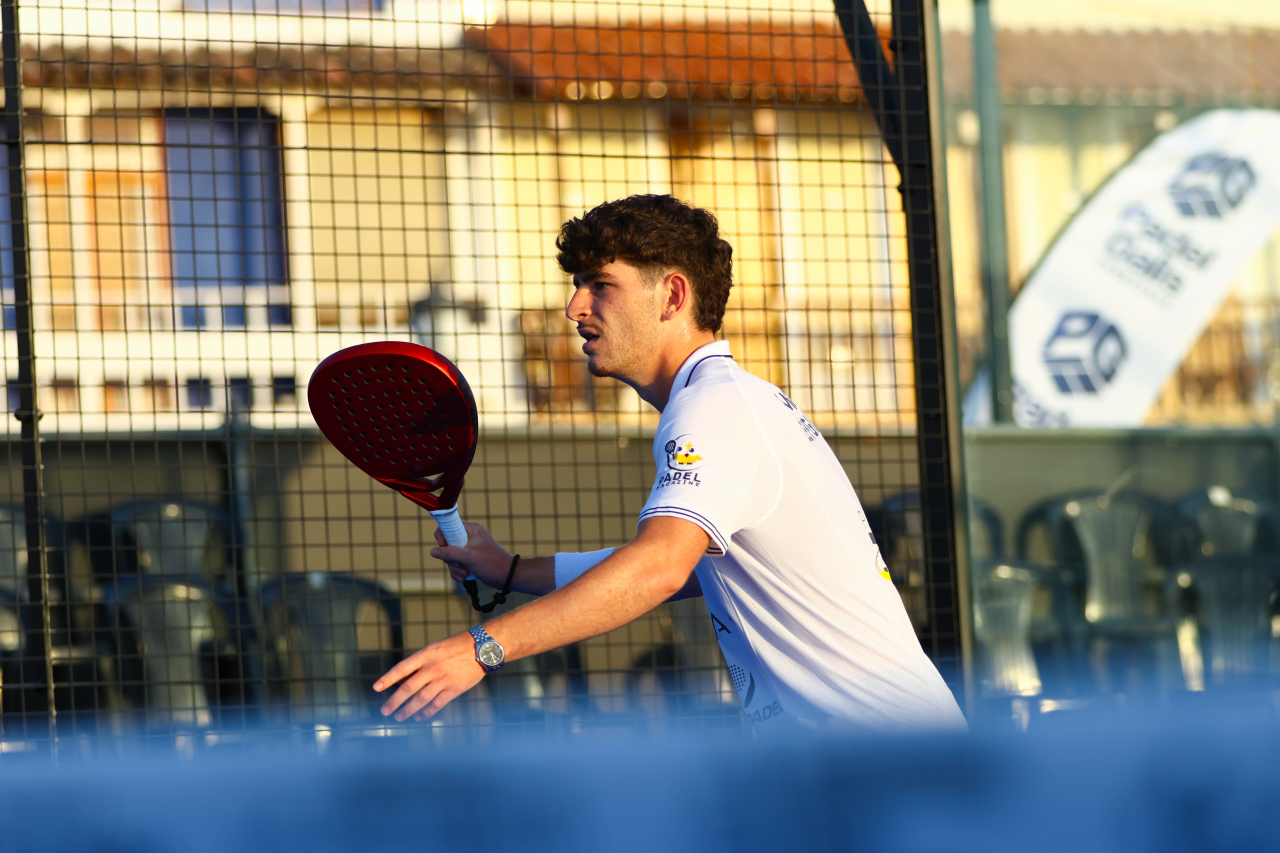 Premier Padel Brussels P2 – Thomas Leygue and Fran Ramirez Navas stopped in the first round
Premier Padel Brussels P2 – Thomas Leygue and Fran Ramirez Navas stopped in the first round Play at padel on his yacht? Possible for €233.000!
Play at padel on his yacht? Possible for €233.000!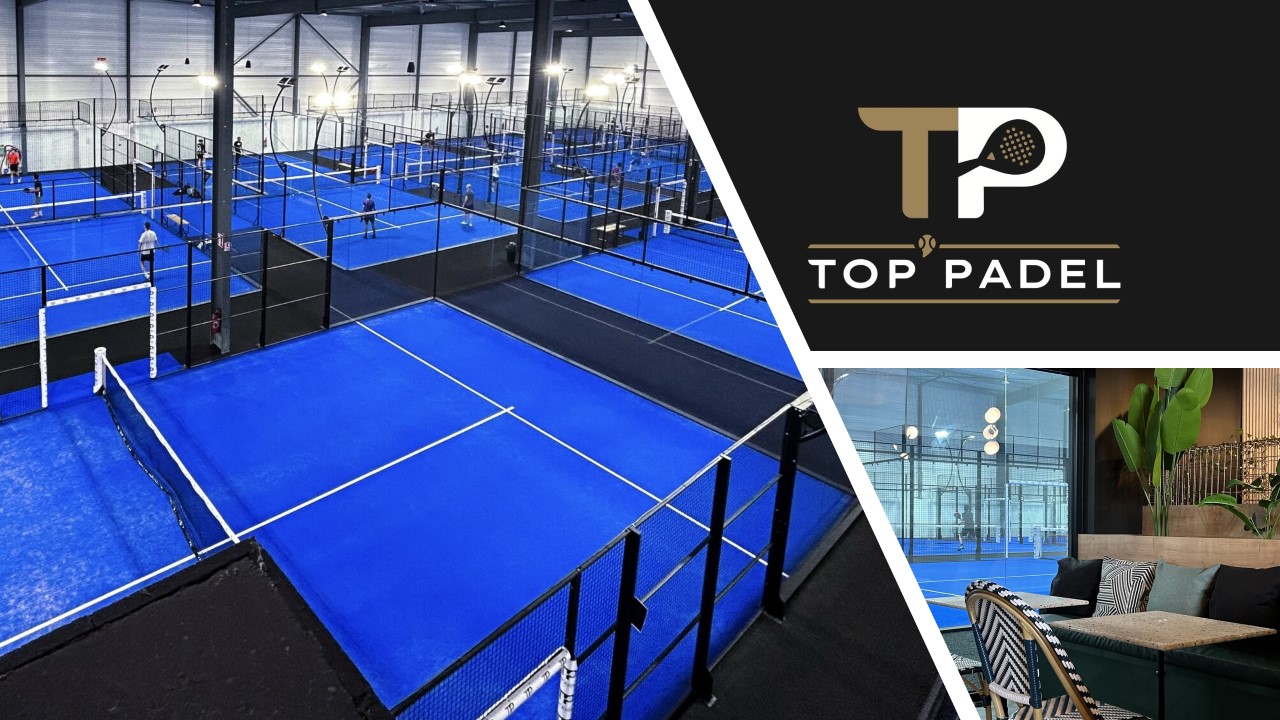 TOP Padel : “A premium club with 10 slopes in Toulouse”
TOP Padel : “A premium club with 10 slopes in Toulouse”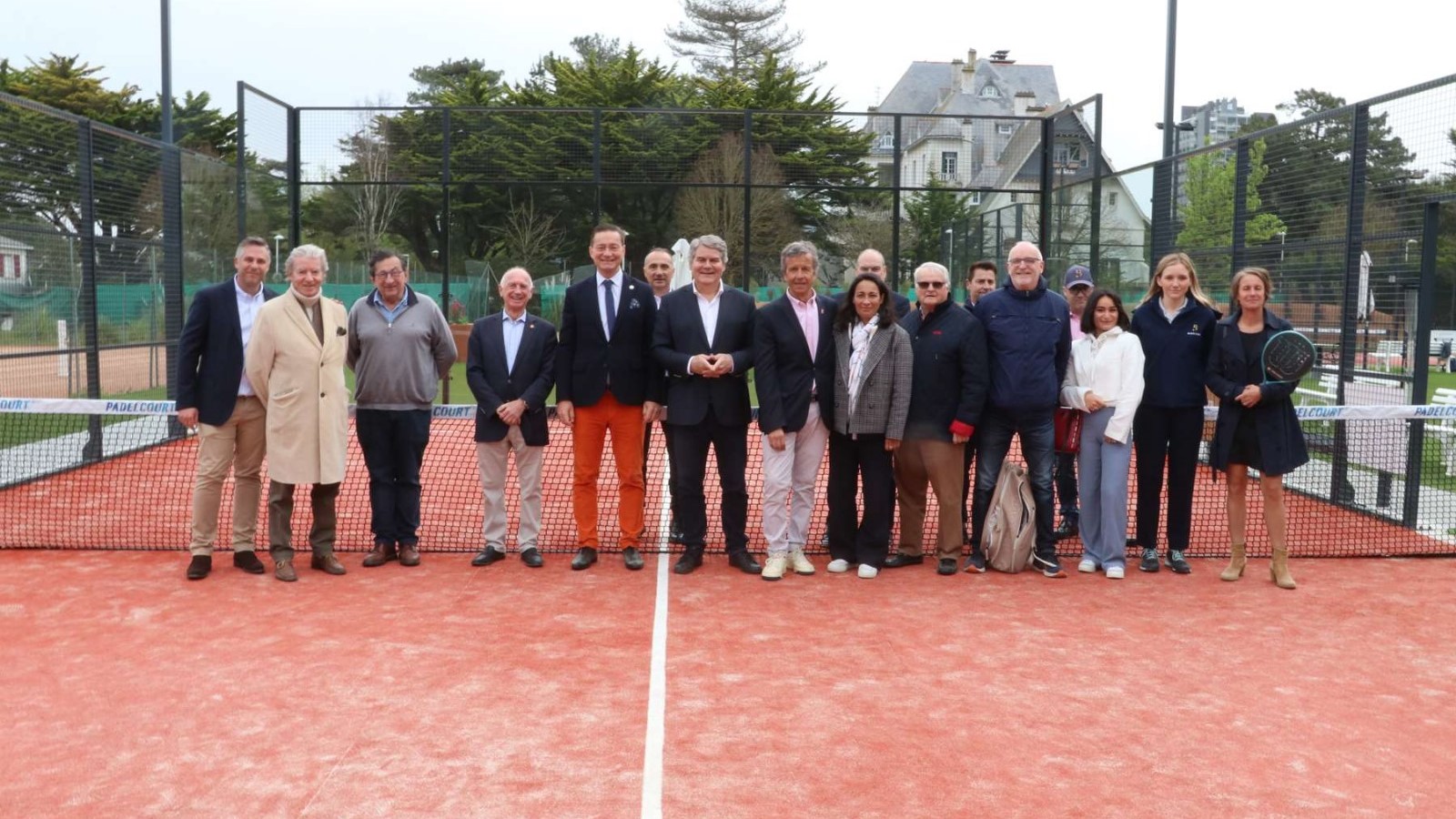 The padel of the Barrière Country Club are born in La Baule
The padel of the Barrière Country Club are born in La Baule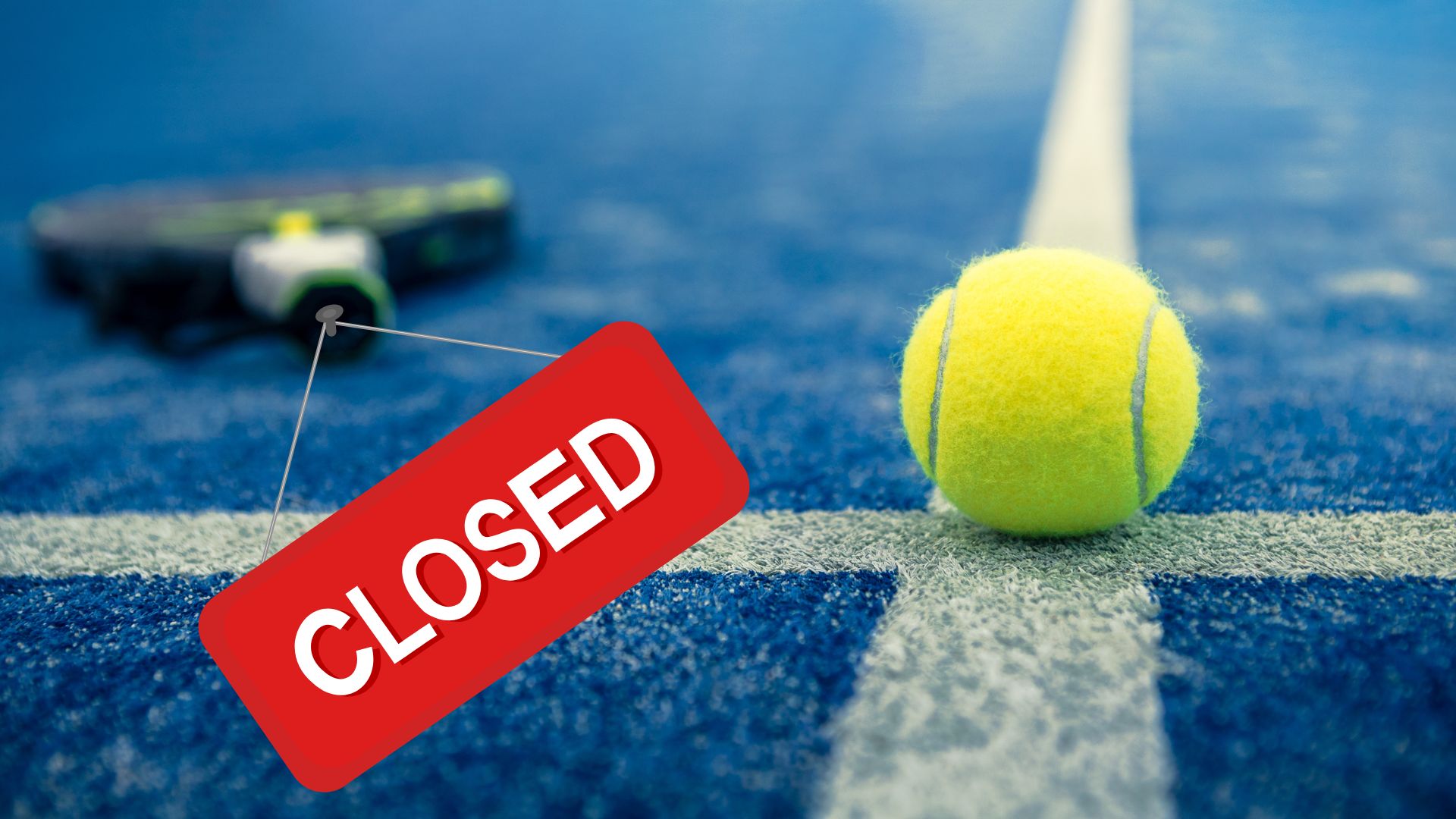 Why clubs padel do they close?
Why clubs padel do they close? The basic tactics of padel
The basic tactics of padel A par 4 is always a winner...even if you manage to defend it!
A par 4 is always a winner...even if you manage to defend it! Carbon fiber VS fiberglass: what to choose?
Carbon fiber VS fiberglass: what to choose? How to effectively test a racket padel ?
How to effectively test a racket padel ? At the heart of padel – Episode 23: defend the window well
At the heart of padel – Episode 23: defend the window well Prohibition on playing topless Padel : the reasons
Prohibition on playing topless Padel : the reasons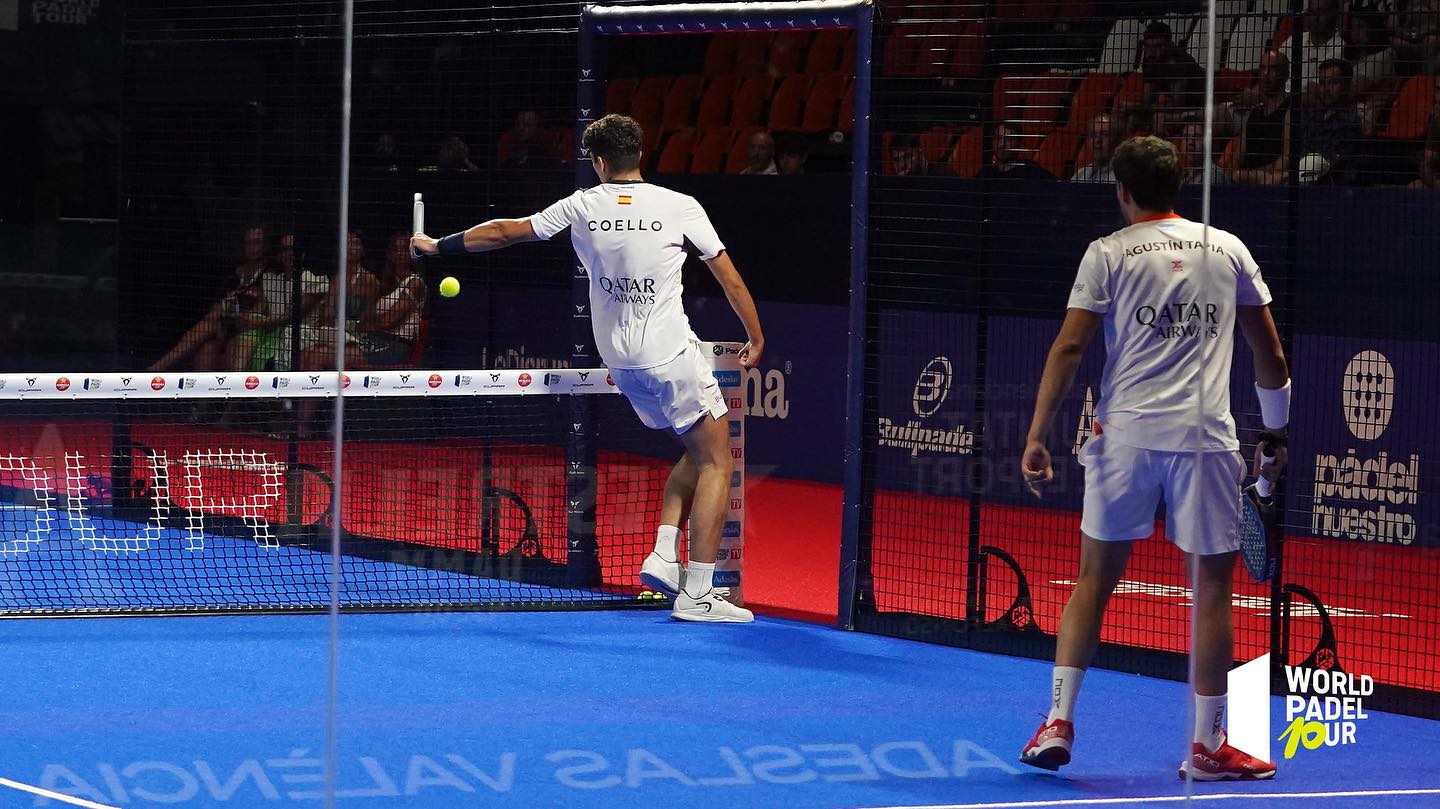 What is the difference between a dormilona, a dejada and a cushioned puerta?
What is the difference between a dormilona, a dejada and a cushioned puerta? FIP Tour – Going far from Europe, THE strategy to earn points!
FIP Tour – Going far from Europe, THE strategy to earn points! What is a good football player? padel ?
What is a good football player? padel ? “Lefties give me headaches when I play against them!”
“Lefties give me headaches when I play against them!” At the heart of padel – Episode 14: how to earn points in winter?
At the heart of padel – Episode 14: how to earn points in winter? La padel to fight Parkinson's disease
La padel to fight Parkinson's disease Don't play with a cracked or broken racket, your body will thank you!
Don't play with a cracked or broken racket, your body will thank you! Michel Cymes: “The padel, physically, it’s serious!”
Michel Cymes: “The padel, physically, it’s serious!” Jeremy Gala: “Promote the padel among young people in Belgium remains a challenge”
Jeremy Gala: “Promote the padel among young people in Belgium remains a challenge” The French Touch Academy organizes its selection day Padel-Study
The French Touch Academy organizes its selection day Padel-Study Report on the detection and training of younger generations
Report on the detection and training of younger generations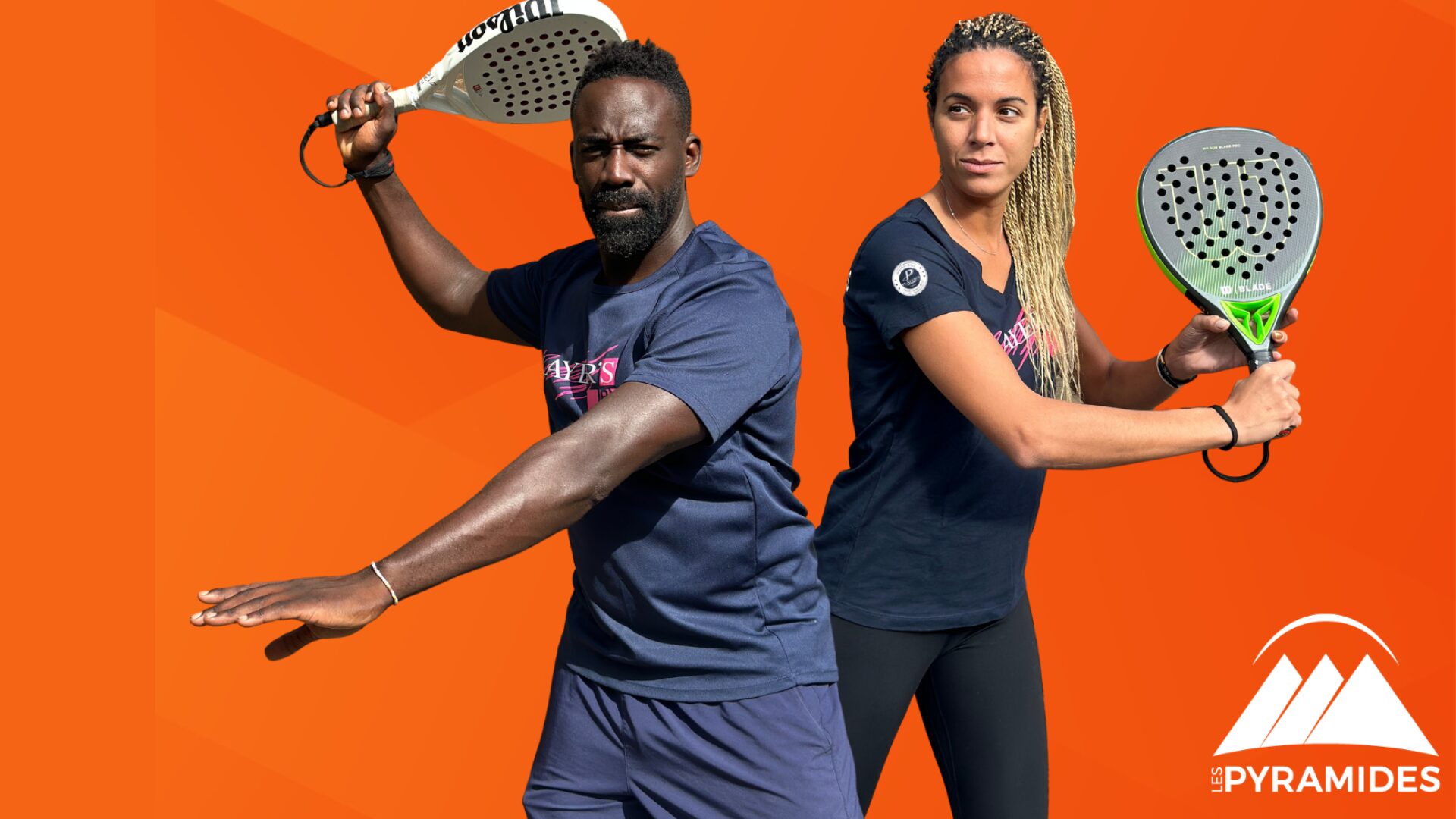 Player's adult courses from April 8 to 21, 2024!
Player's adult courses from April 8 to 21, 2024!